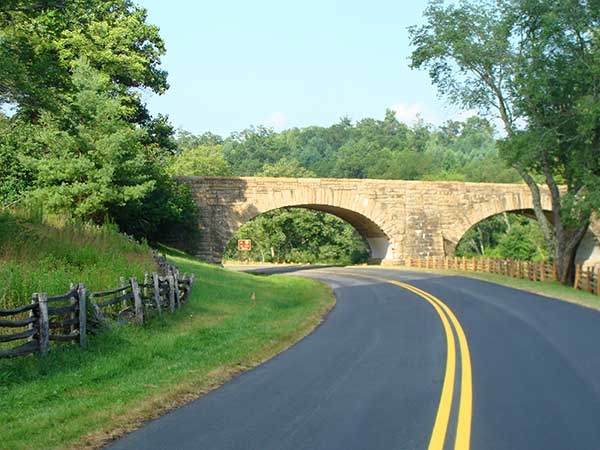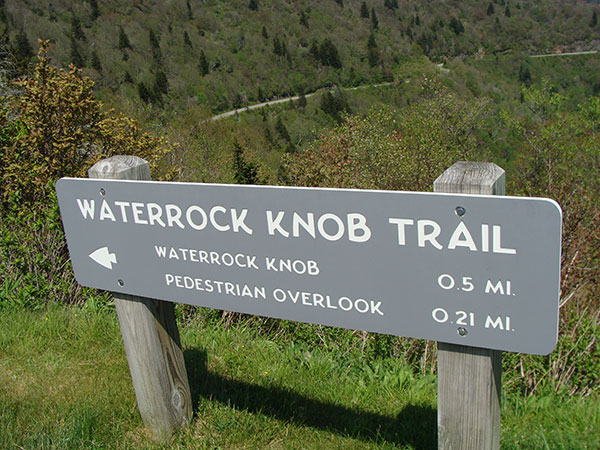Blue Ridge Parkway Facts


Blue Ridge Parkway Facts
- The Blue Ridge Parkway provides critical habitat for over 50 threatened and endangered plant species.
- The Parkway is one of the most ecologically diverse areas in the world with about 100 varieties of trees, 1,600 plant species, 54 mammals, and 159 species of birds.
- The Blue Ridge Parkway was designed as a recreational motor road, connecting Great Smoky Mountains and Shenandoah National Parks.
- Each year over 30,000 school children in Virginia and North Carolina receive educational programs in their classrooms from Blue Ridge Parkway Rangers.
- There are twenty six tunnels on the Blue Ridge Parkway, but only one in Virginia. This is primarily because the North Carolina mountains are more rugged than those in Virginia.
- The Blue Ridge Parkway travels through twenty nine counties and contributes two billion dollars each year in revenue to North Carolina and Virginia.
- The first contract for work on the Blue Ridge Parkway, awarded to Nello Teer Construction Company of Durham, NC in the height of the Great Depression, was for over $316,000.
- The Blue Ridge Parkway ranges in elevation from 649 feet at James River in Virginia to almost 6,050 feet at Richland Balsam, south of Mount Pisgah,North Carolina.
- Several of the early designers, architects, and engineers of the Blue Ridge Parkway worked together on New York’s Westchester County Parkway, incorporating many of the same design elements.
- The 469-mile Parkway is the longest, narrowest, and most visited National Park in the country and is carried across streams, railways ravines, and cross roads by 168 bridges and 6 viaducts.
- The speed limit is never higher than 45 and lower in many places.
- The highest point on the Parkway, at an elevation of 6047 feet, is south of Waynesville, North Carolina near Mount Pisgah on Richland Balsam Mountain at Milepost 431.
- Within the boundaries of the Blue Ridge Parkway are 47 Natural Heritage Areas set aside as national, regional, or state examples of exemplary natural communities.
